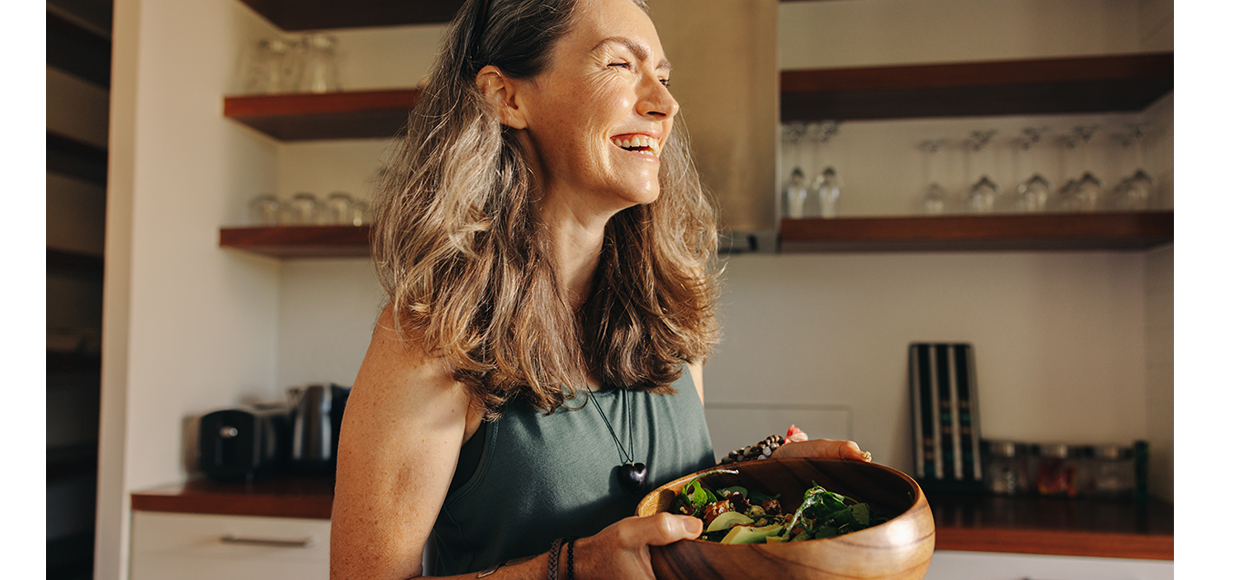As Madonna almost said, we are living in a digital world – and technology continues to change our lives in unexpected ways. Mary de Ruyter explains how

1. Screen surfing
Seems it isn’t just women who’re multitasking. A December 2013 Roy Morgan Research report found from late 2010 to late 2013, the number of Kiwis aged 14 and over who surf the net while watching TV has grown from 29 to 41 percent – and multi-screening is equally common among men and women. Wellingtonians are the keenest dual-screeners (47 percent), followed by Aucklanders (44 percent) and folk from Marlborough or Southland (30 percent). This may make you more susceptible to advertising, though: Kiwi multi -screeners are 17 percent more likely to have a conversation about the ads they see on television.
2. Wearable tech
Seeing a picture of someone wearing a Google Glass, you might be forgiven for thinking we’re finally heading into the age of The Jetstons. Although Google’s wearable computer is still in development, wearable technology is already catching on. Products such as Fitbit, worn on your wrist, can record workout statistics, calories burned and even sleep patterns; Samsung has developed a smartwatch that’s also a phone and a camera. Soon we can all make like James Bond …
3. Shopping global
We’re buying online more often, but local retailers aren’t necessarily benefiting. According to the latest Roy Morgan Research Digital Universe report, featuring data gathered between January 2008 and June 2013, 55.2 percent of Kiwis aged 14 and older bought something over the internet in an average three-month period – that’s up from 41.6 percent four years earlier. The report also found New Zealanders spent more than $5.4 billion online in the past financial year. Interestingly, BNZ’s February 2014 online retail sales index found 42 percent of New Zealand’s online retail purchases were from international merchants – up from four years ago, when overseas stores accounted for just a third of online sales.
New Zealand smartphone users are ahead on mobile banking and are less concerned about privacy implications than Aussies. Meanwhile 53.1% of Kiwis use their mobile phone more than their home phone.
– Roy Morgan Research NZ
4. Family ties
Microsoft Advertising surveyed 1500 families across the UK, and found nearly one third (30 percent) of them communicated digitally with each other – when at home together. Kids were asking their parents for help with homework and adults were using video calling to call their children for dinner. Whatever happened to the grand old tradition of yelling up the stairs or out the front door so the whole neighbourhood could hear?
5. Game on
Debate still rages about the effect of violent video games on children and teenagers – recent studies have variously said the games delay the development of moral judgement in teens, make them eat and cheat more, and that hostile behaviour after gaming is caused by feelings of failure, not by participating in a violent game. But one matter seems beyond debate: stay engaged with what your kids are doing and they’ll benefit. Two new US studies published in JAMA Pediatrics found that keeping tabs on your children’s digital time (watching TV, playing video games and being online) is associated with better BMI, improved school performance, better behaviour and more sleep.
Kiwi tablet ownership has skyrocketed 557% since 2009, while desktop computer ownership has plummeted
– Roy Morgan Research NZ
6. Computer games okay?
But wait – computer games might not be all bad. A new Argentinian study, published in Proceedings of the National Academy of Sciences, found that when the young children in the study (many of whom had attendance problems due to issues at home) played computer games aimed at improving memory and planning, their marks in language and mathematics improved. This doesn’t mean the games definitely caused the improvements, but the results are promising … perhaps don’t tell the kids just yet!
7. Everything is connected
Carnegie Mellon University, America, 1980s: a group of programmers invented a way to check, via the Internet, whether the Coke machine several floors below was amply stocked with cold drinks before they set off to buy one. Little did they know they were the forerunners of the Internet of Things (IoT) – where everyday physical objects are connected to the Internet and transmit data to other digital devices.
In New Zealand we already have smart electricity meters (for remote monitoring and billing) and animal tagging for increased farm productivity; in the UK, a British Gas app lets users control their home’s heating and hot water from their mobile digital device. Technology forecasters predict an explosion of IoT-enabled devices (up to several billion in the next five years), encompassing everything from healthcare to aircraft maintenance and food distribution. Now if we could only design a dishwasher that would unload itself.





